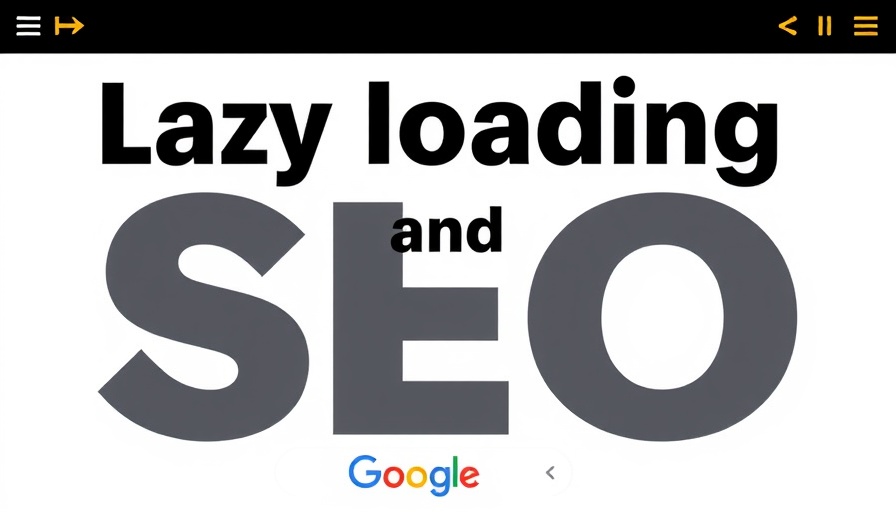
Understanding the Discrepancy: CrUX vs. Search Console
For ambitious small to medium-sized business owners and marketing professionals, navigating digital performance metrics can often feel overwhelming. One persistent question that arises is: why do the Chrome User Experience Report (CrUX) and Google Search Console sometimes yield conflicting results regarding Core Web Vitals? Understanding the differences between these tools is crucial for optimizing your digital marketing strategy.
What Are Core Web Vitals?
Core Web Vitals are a set of metrics that Google uses to evaluate the real-world user experience on your website. They focus on aspects like loading performance, interactivity, and visual stability, which impact customer satisfaction and engagement. Google’s commitment to these metrics underscores the importance of user experience in local business marketing strategies.
How CrUX and Search Console Measure Performance
According to Google’s Barry Pollard, CrUX gathers data from actual Chrome users by measuring 'page views'. This means every interaction with a page counts as an experience, allowing it to reflect how users truly engage across various pages. By contrast, Search Console focuses on individual URLs. It provides a more structured view based on grouped templates, which can sometimes obscure the overall user experience on high-traffic pages.
The Implications for Your Business
What does this mean for your digital marketing strategy? The answer lies in understanding your specific goals. If your primary focus is on brand visibility through high-traffic pages, CrUX might serve as a better indicator of performance. However, Search Console offers a necessary perspective on the health of all URLs, offering insights into how to improve customer retention strategies for those slower-loading pages that may be compromising user satisfaction.
Utilizing Both Metrics for a Robust Strategy
Instead of viewing these discrepancies as a conflict, consider them as two lenses through which to assess your website's performance. For local SEO strategies, leveraging CrUX could allow you to prioritize efforts on pages driving significant traffic, while still using insights from Search Console to boost the performance of less-frequented pages. This dual approach enhances overall website optimization, ultimately leading to improved business success.
Actionable Next Steps
When CrUX data shows favorable results while Search Console indicates problems, it's time to take action. Focus on optimizing your high-traffic, well-performing pages initially. Subsequently, prioritize resolving issues on longer-tail templates that are currently falling short. By regularly assessing each tool's data and time frames, you can create a proactive, informed strategy to enhance both your customer experience and business productivity.
Future Insights on Digital Marketing Metrics
The digital landscape is ever-evolving. Understanding the frameworks of data collection, like CrUX and Search Console, prepares your business to adapt to changes in user behavior and expectations. Keeping abreast of tools and metrics helps inform decisions regarding marketing automation, community engagement efforts, and broader digital transformations necessary for sustained growth.
Conclusion: The Power of Data-Driven Decisions
As you refine your local advertising and marketing strategy, remember that aligning your understanding of CrUX and Search Console can significantly enhance your brand's online visibility. Start monitoring both metrics for a deeper insight into your site’s performance and user experience. Embrace the knowledge they offer, and you place yourself ahead in an increasingly competitive digital landscape.
 Add Row
Add Row  Add
Add 




Write A Comment